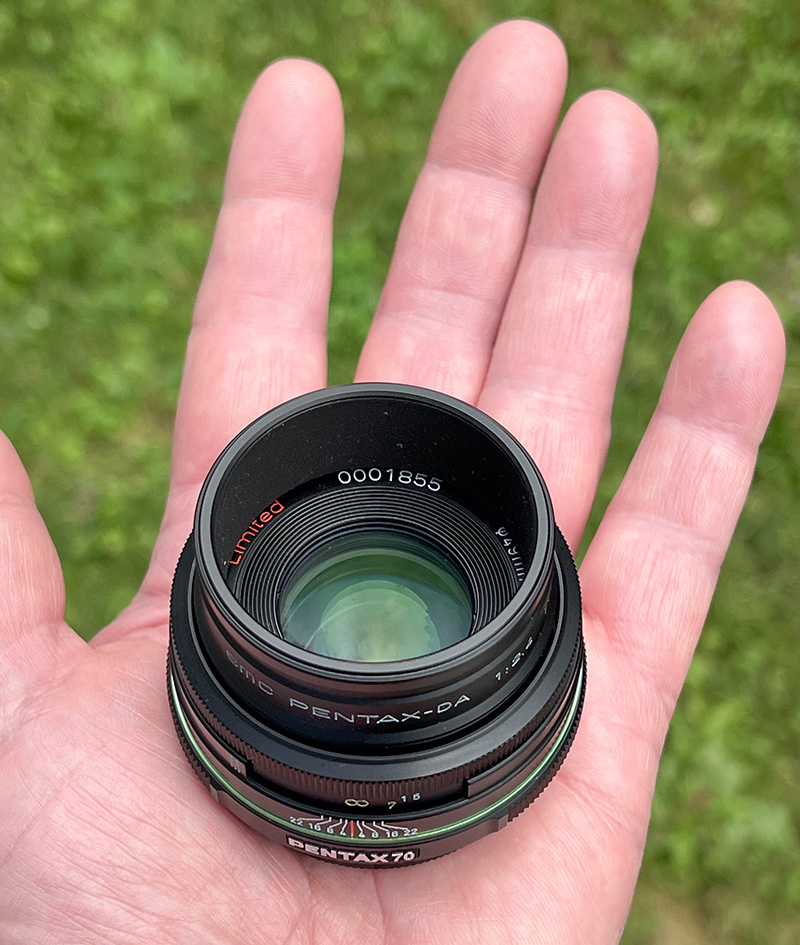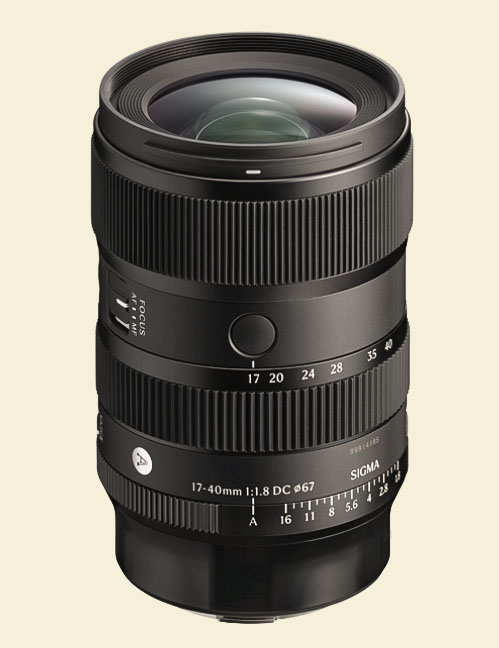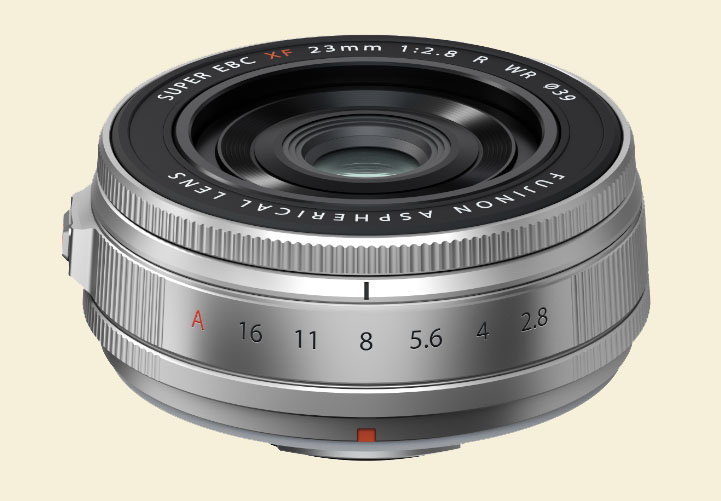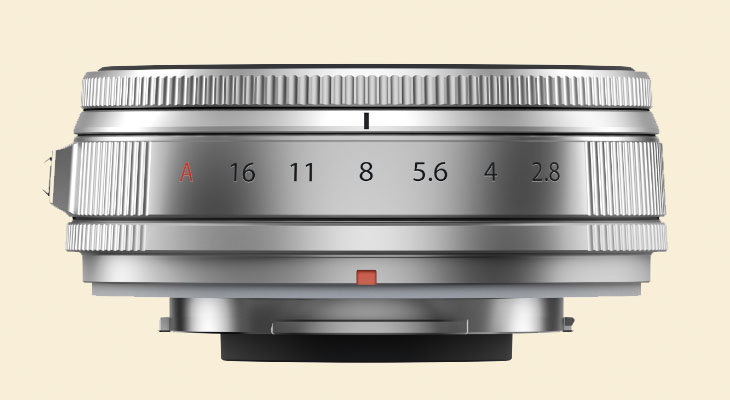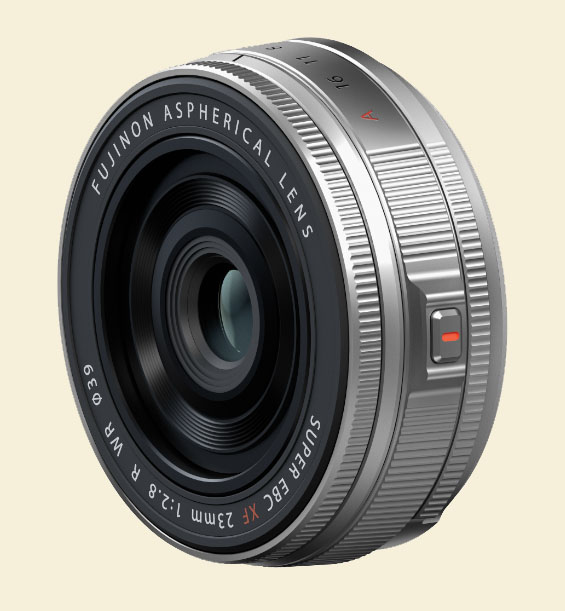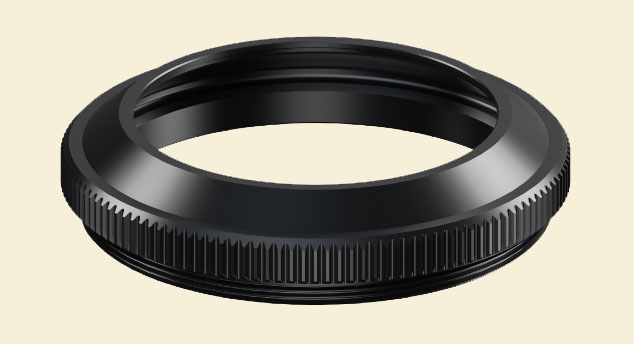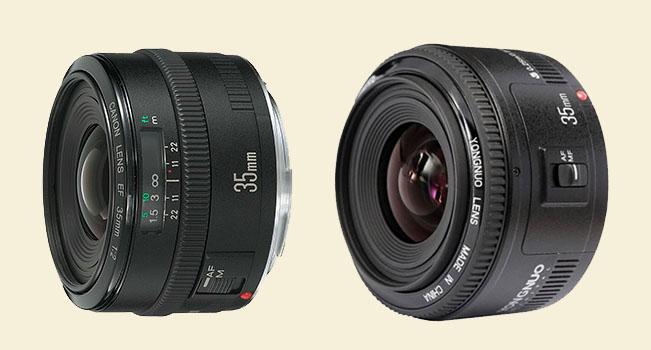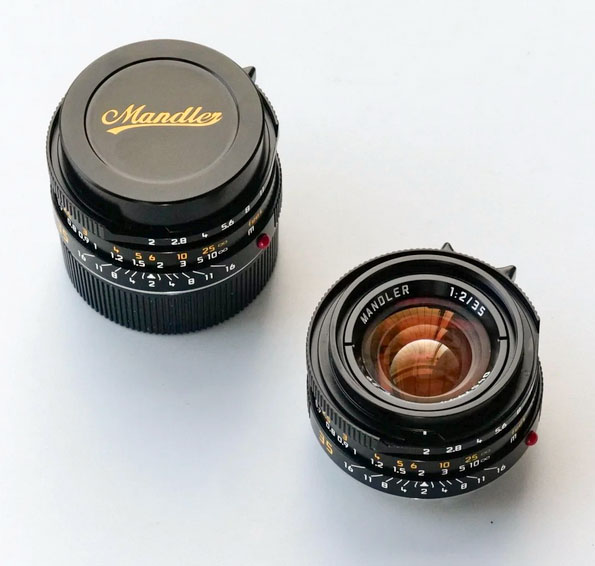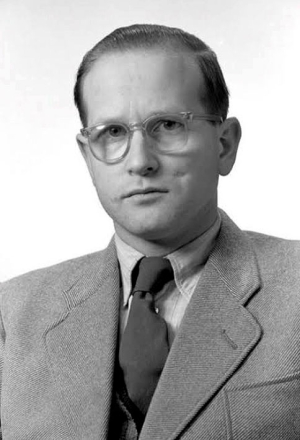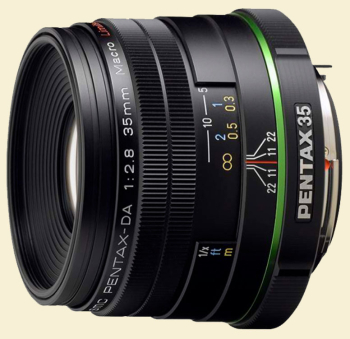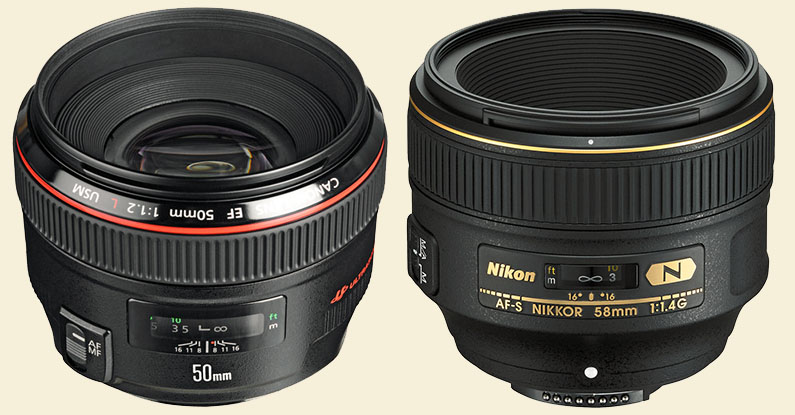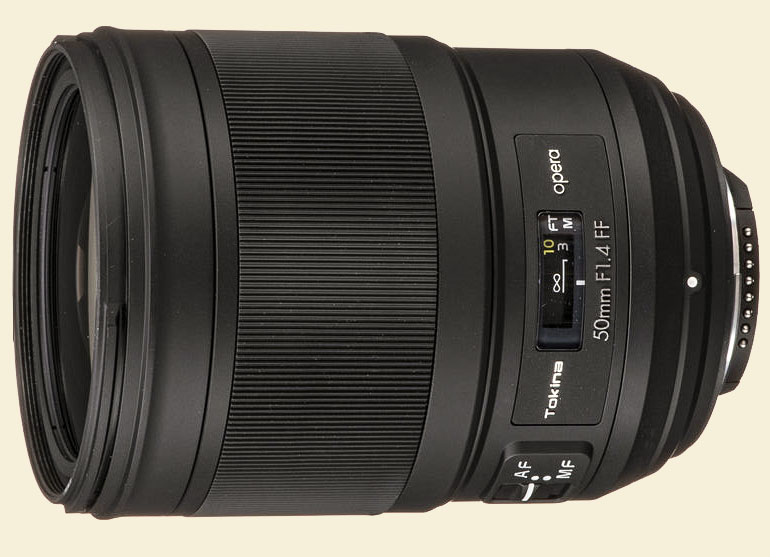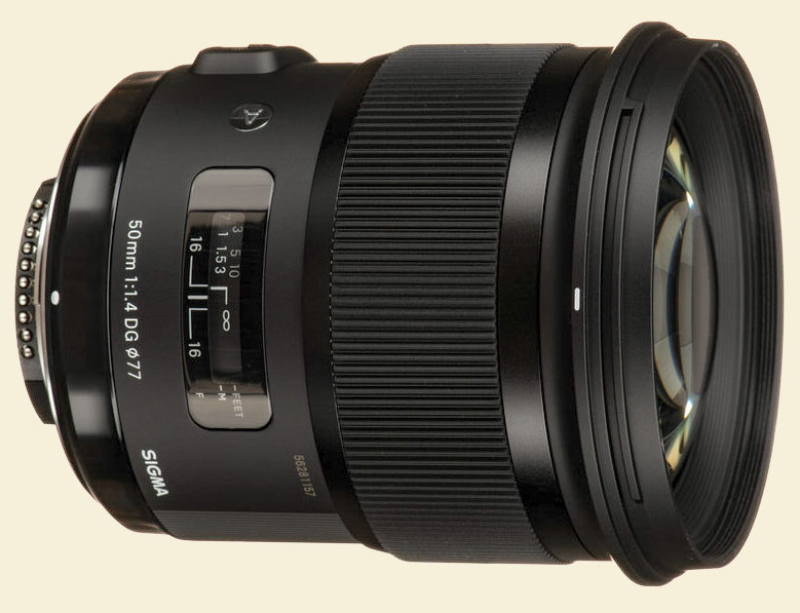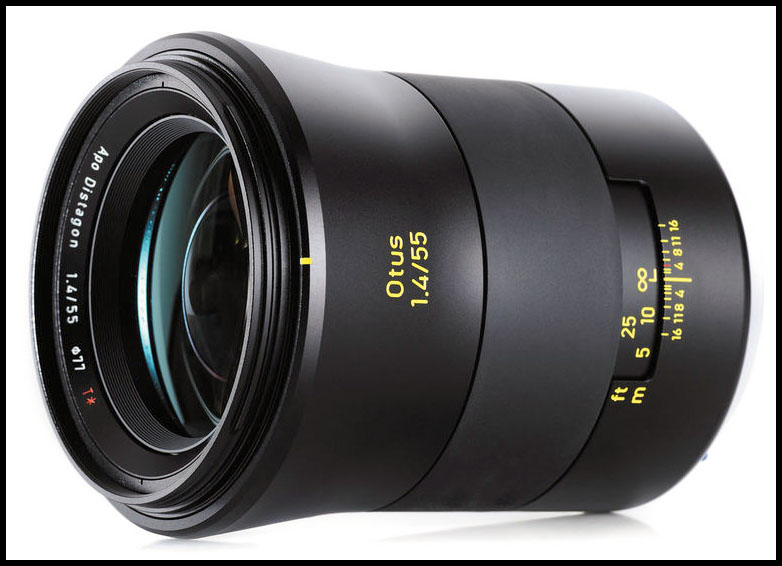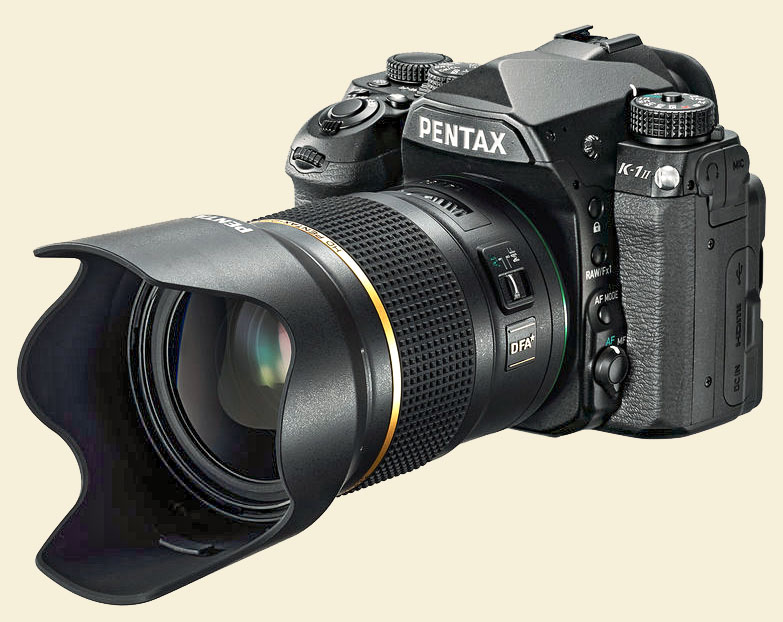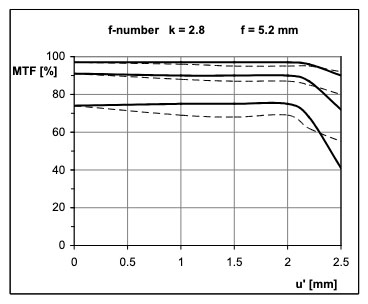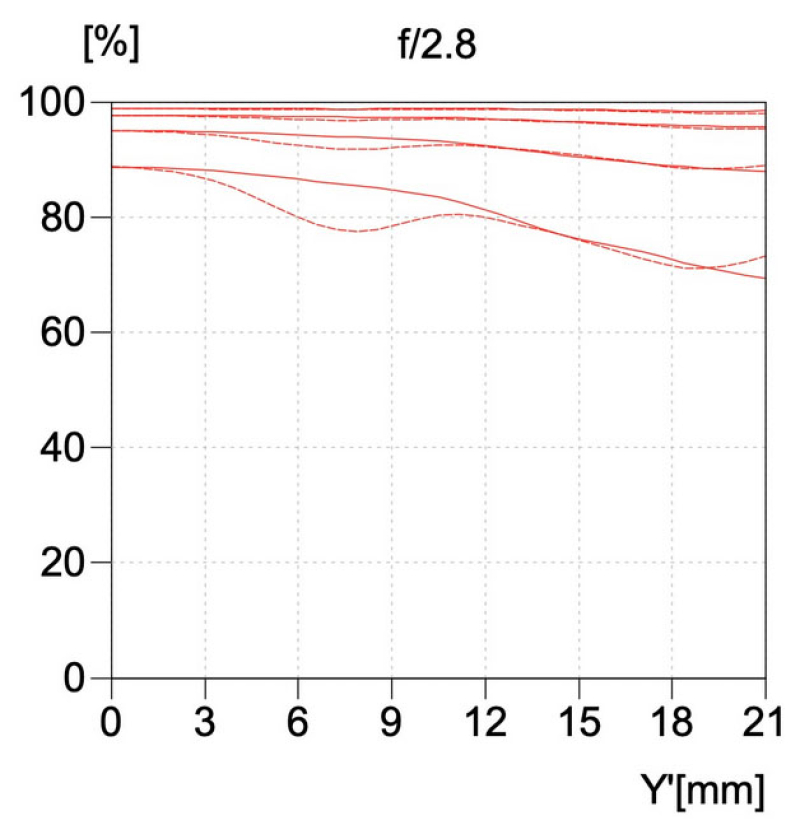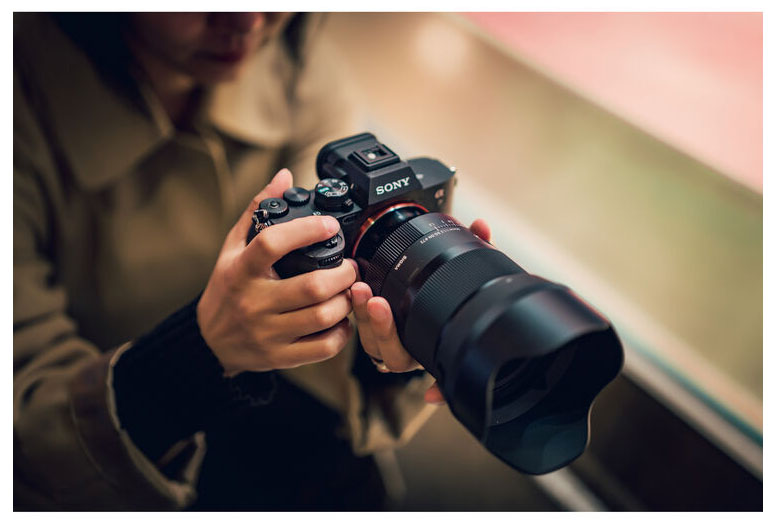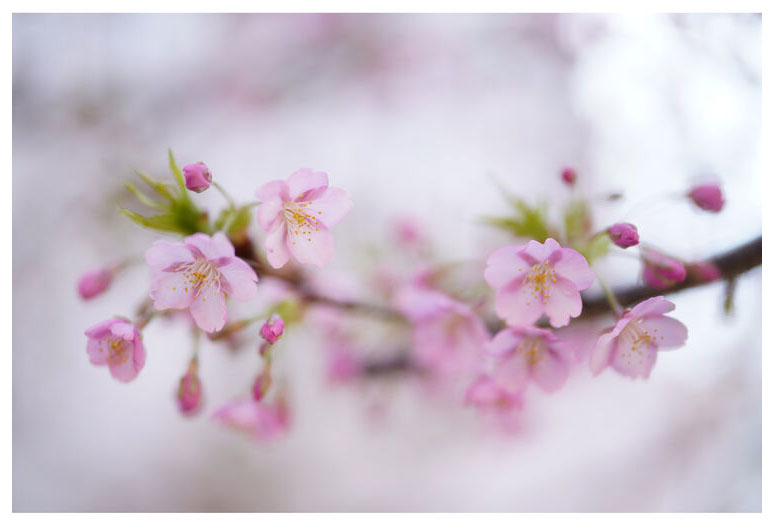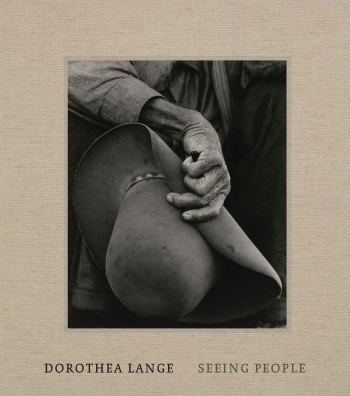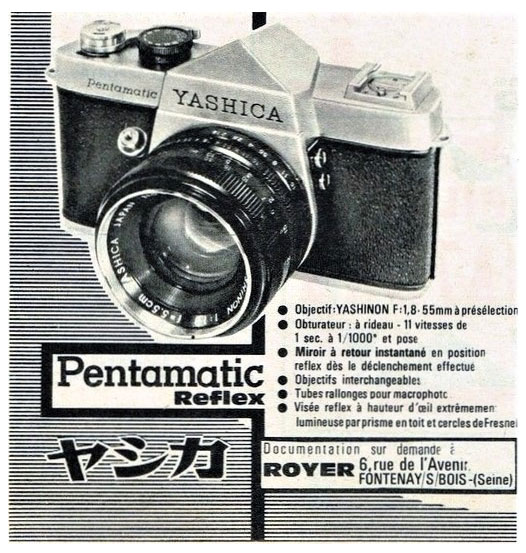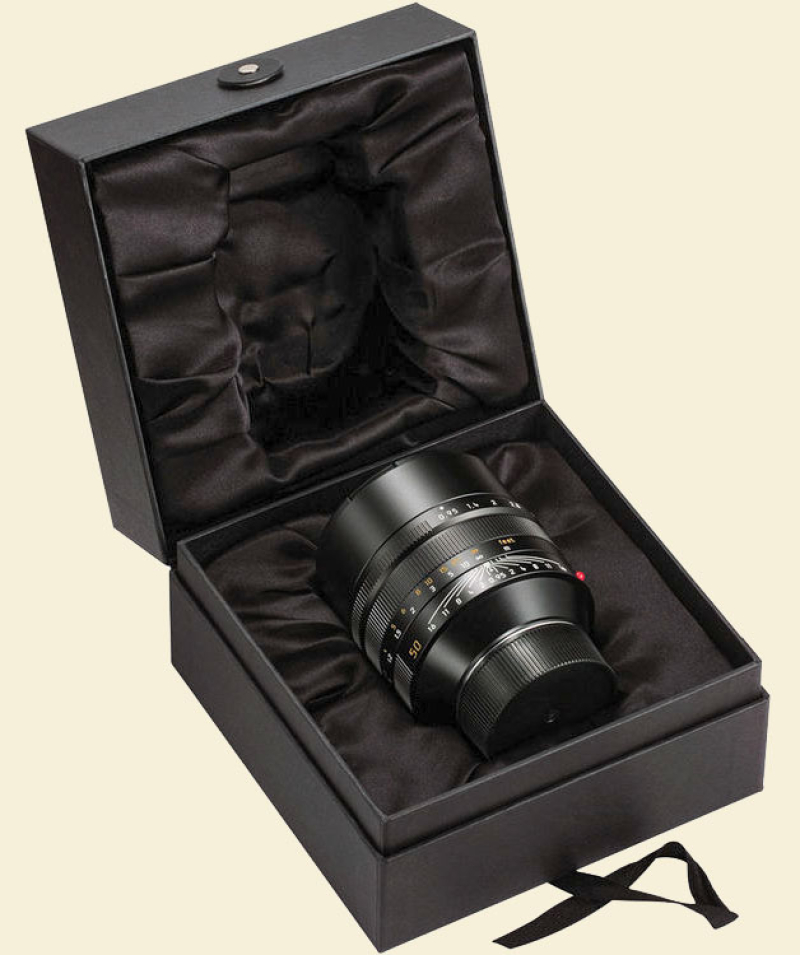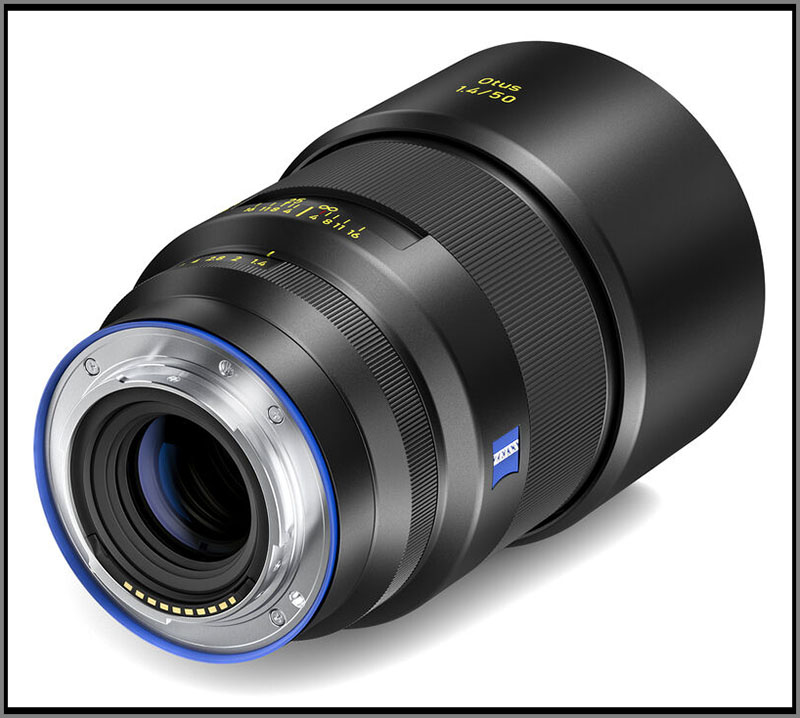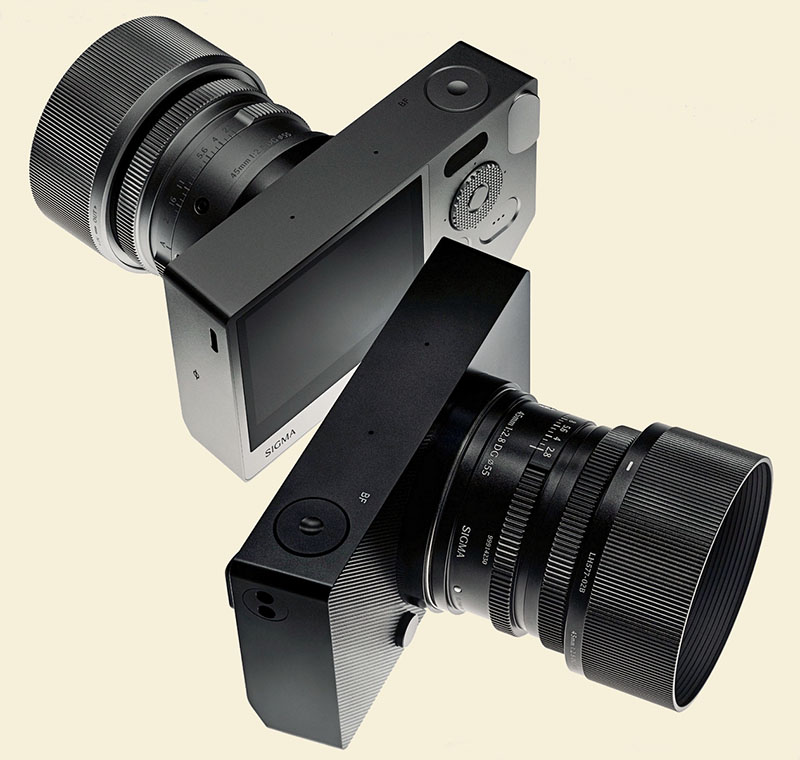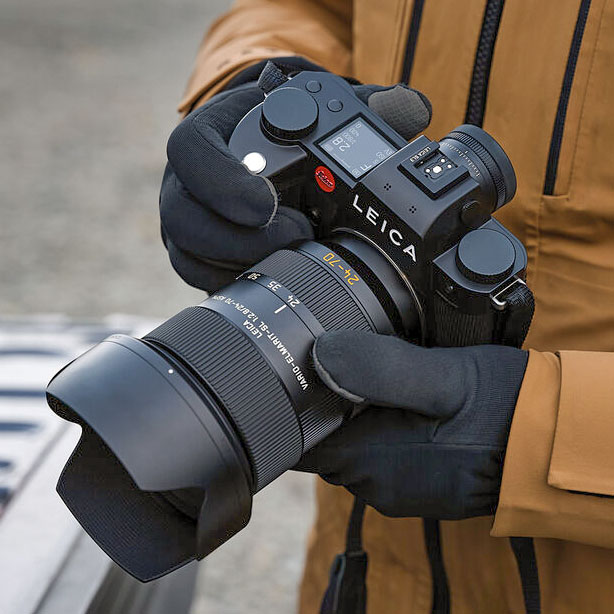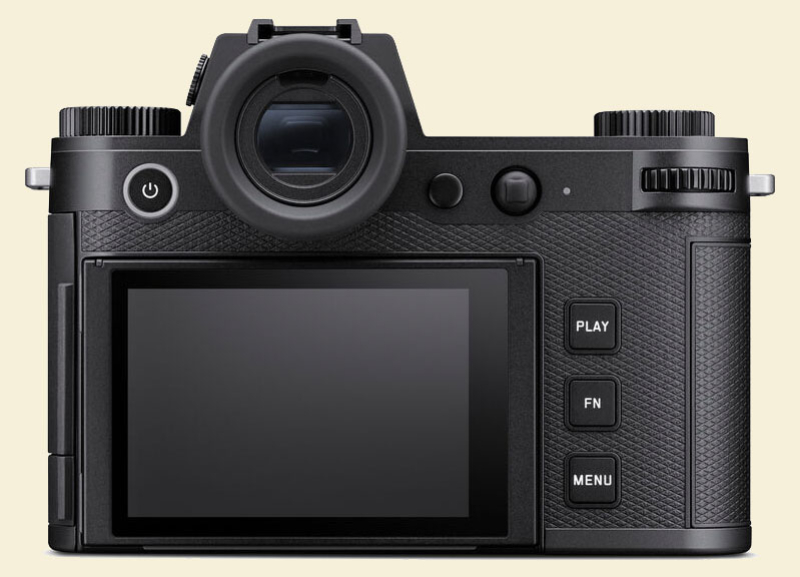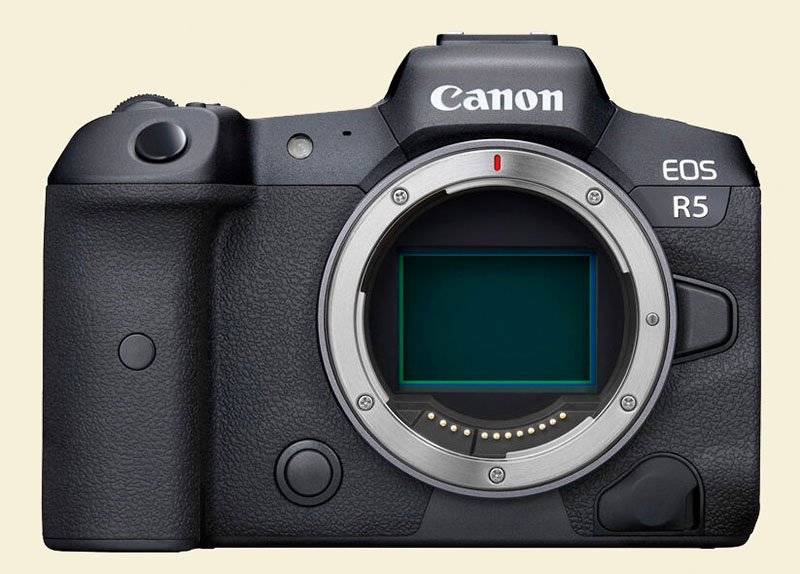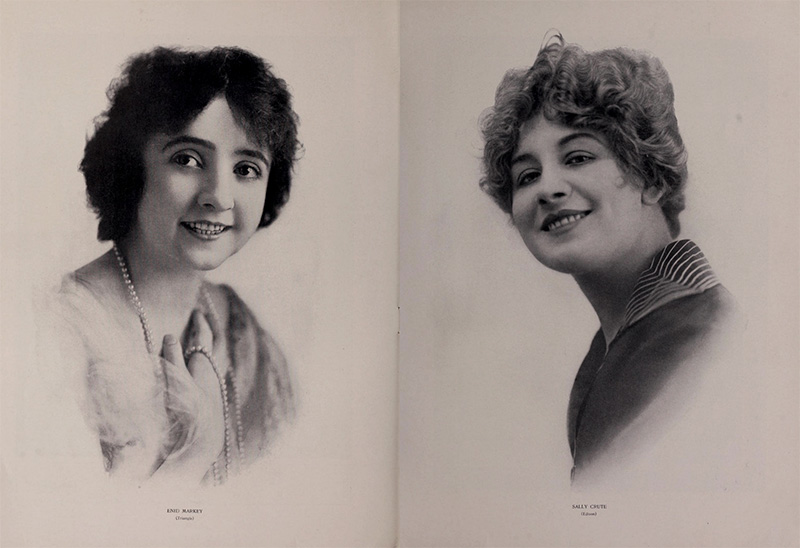Warning! Bloviation Alert
It is right and proper that anyone should do whatever they want with photography as long as they aren't hurting anyone. (The second of the two Hopi commandments, as reported in William Least Heat-Moon's Blue Highways is, "Don't go around hurting people." I met him once, adventitiously, and he made a great impression on me.) How else are we to achieve the great variety and creativity of approach that typifies this medium?
But one thing people might do—not that it's up to me—is try an old lens.
We are a nation of shoppers. "The thing Americans are best at is selling each other stuff." (The original quote used a stinkier word than stuff.) Some friends of mine like to stop at the Once Again Shoppe (rhymes with hoppy, in my mind) to root for bargains. They don't need to shop there. They don't need the things they buy there. They do it for an excursion—to shop without suffering much in the way of consequences; because they enjoy shopping, but don't want to waste a lot of money. There are great bargains to be found there—I fix my oatmeal every morning in a colorful bowl that goes for $30 or more on eBay. It used to be $50, but they have come down. I found it at the Once Again Shoppy for $5. The problem is that my friends' garage is filling up with the things they bring home from these excursions. Even though they realize that they are shopping just to shop, still it's becoming a problem.
I enjoy shopping too. My problem, though, is that once I research something to completion, I then feel obliged to buy it, as a consummation of all my adroit and skillful, not to say neurotic and obsessive, delectation and discrimination.
"I shop, therefore I buy."
—The great French philosopher
René Deshoppingcartes
This becomes habitual, and the habit is an excellent way of turning perfectly good cash into nothing. It was a sorry day for me when I got the idea in mind that it's possible to get my money back out of things I put my money into. Usually, you cannot. Sometimes, I could but do not. Shopping and buying, therefore, often turns good money into old junk you feel obliged to hold on to because...well, because you put good money into it! So now I'm careful not to do too much in the way of shopping for random things. That way lies a mild form of ruin.
Although I do love it when I find a bargain. I have an old Eddie Bauer Fall/Spring field jacket that I've been wearing for 33 years. I've tried to replace it three times, and each time was a fail. But recently I asked my friend Chris, who likes shopping for clothes, where I should go to get a Fall/Spring jacket, and she immediately said, "the Columbia store at the Outlet Mall." It's over near Waterloo, which is not on my usual track. But I went there, walked in, and the very first jacket I put my hand on was the one I bought. There was only one left. Tried it on, and it fit perfectly. It was marked down from $140 to $40. Paid and left. Done and dusted in a matter of minutes. And I love it. I will wear it till it wears out. I got my money's worth out of that old Eddie Bauer jacket, too—or I got my mother's money's worth out of it, because it was a Christmas present from her. You just have to overlook those three replacements I bought and de-accessioned.
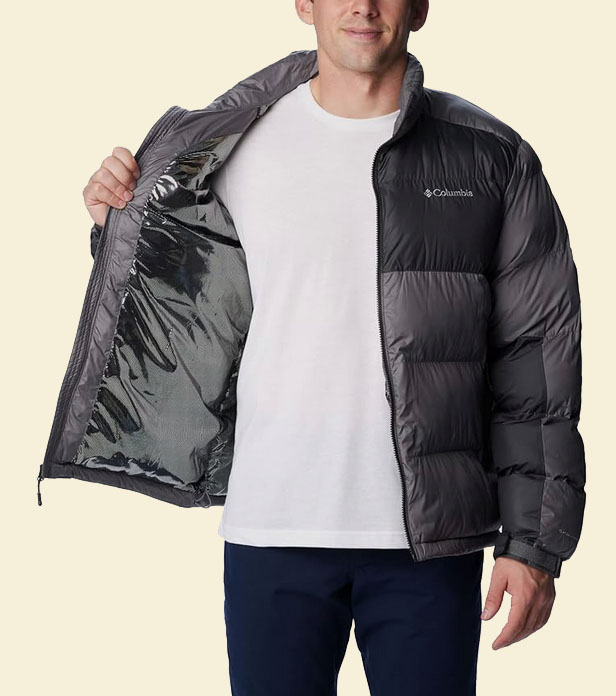
Columbia Men's Pike Lake II jacket
But as I was saying (I'm wandering today—I worked on taxes yesterday and I have to get back to it as soon as I finish this, which is why I'm making this as long as it's humanly possible to make it)—as I was saying: we're a nation of shoppers, so there's nothing wrong with continually shopping for new lenses and discarding lenses that are now five, ten, or twenty years old as if they were cars or dry staples for the kitchen like wild rice or dried beans. If that's what you wish to do. But I think people get into the mindset that old lenses are outmoded, outdated, insufficient, unacceptable, when lenses are the one thing that don't get outmoded, at least in terms of their optics. And people get a very curious notion about "old." One reader informed me that the Fujifilm XF 35mm ƒ/1.4 R lens I talked about recently is 13 years old. It came out in 2012, he wrote. Worse, it was early 2012. He didn't even bother to make his point in words—he just informed me about its age, as if it were self-evident that you can't use a lens that is so unacceptably old. Anybody can draw the correct conclusion once they are informed as to the fact.
Thirteen years, though? That's not old.
Using a truly old lens might be an antidote to this. Just to calm down that neomania in one's mind. Neomania, also called neophilia, is a hallmark of American culture. We Americans can be excused for believing in it. We are, as I said, trained to. So if you suffer from neophilia in lenses, the belief that newer is better, I think you should try as old a lens as you can find just to balance your mind. You might be limited to what will fit on your current lensmount, of course.
What's the oldest lens you currently have in use? For me, actually, it's that XF 35mm ƒ/1.4 R. Here's how to put a picture into the Comments.
conrad, johnson, and Goerz
A sad corollary of neomania is that sometimes we have it and lose it again. I recall reading years ago about an audiophile who settled on the perfect system after his first round of shopping and research. With a turntable and carefully chosen cartridge, a conrad-johnson [sic] preamp, a tube amp, and electrostatic speakers, he described it as "a warm wet kiss of a system" and just what he liked—and he settled down to simply listen to music through it. And that he did, for a number of years afterward. But he read so many reviews in the enthusiast literature that he eventually felt like he had to buy something else. So he "upgraded" away from that perfect system, and little by little sold all the original bits and pieces. And began the search anew...for what he'd already had. For years he chased "accuracy" at great expense of time and money, and confessed that he never again enjoyed a system again as much as that first one. He mentioned that he regretted its loss, from time to time.
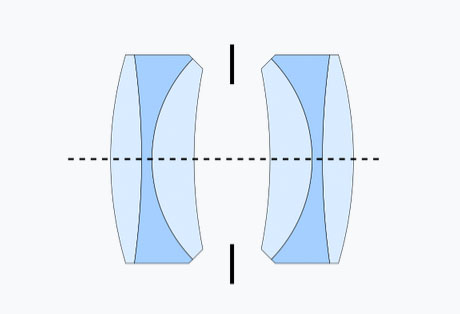
Double Anastigmat Goerz, a.k.a. Dagor (von Höegh, 1892)
A photographer I know, not an immediate classmate but art-school-adjacent, Patricia Dalzell, devoted herself to portraiture and settled on just the right method for her, with a 4x5 and the ideal old Goerz lens (pronounced "gertz," I believe, though you German speakers may please correct me). I thought the lens she had was perfect for her work. But at some point she mentioned to me that periodically she got a hankering to replace it. How could it be so good when there were newer lenses said to be better? I'm happy to see Pat got a picture in the collection of the Museum of Modern Art. I wish there were a book of that portraiture of hers. It was classic and calm, respectful, cooperative, modest, lovely. And made with just the right old lens, or so I thought.
You don't need the latest and greatest when it comes to lenses. A photo writer—me—once said, "all lenses give you their gifts." Different lenses, different gifts, perhaps, but use a lens for a while and it will yield to you the best it has to offer. Which reminds me, I still have the revised "History of the Pentax 50" to write, and Part III of Big Honkin' Normals. I've been on a lens kick lately. Unfortunately, though, now I have to get back to taxes. I can't stretch this out any longer. As a most excellent editor of mine, Ana Ercegovac Jones, once ruefully commented, I've said all there is to say, and then some.
Mike
Original contents copyright 2025 by Michael C. Johnston and/or the bylined author. All Rights Reserved. Links in this post may be to our affiliates; sales through affiliate links may benefit this site. As an Amazon Associate I earn from qualifying purchases. (To see all the comments, click on the "Comments" link below or on the title of this post.)
Featured Comments from:
Michael: "This 'bloviation' is a perfect example of your W-I-D-E range of interests. If you have never heard the most excellent George Carlin rant about 'stuff,' it is worth a listen. I am a Carlin devotee and feel it is one of his best verbal essays.
"Jackets...I have one that is almost 50 years old and whenever I wear now people ask where I bought it. I tell them in Milwaukee, Wisconsin. They give me a quizzical look as the jacket is black leather with a Native American motif embroidered on it. Not typical of a fashion in the town that Schlitz beer made famous.
"One final observation if I may. Your comments on the DAGOR lens (by the bye, your pronunciation of Goerz is spot-on) caused me to realize that that lens's initials, DAG, happen to be the initials of, in my humble opinion, the best Leica and Minox technician I ever had the pleasure of meeting. I've used his skills. Mike, being from Wisconsin, you know of whom I speak :-) ."
Mike replies: Don Goldberg...son of Norman Goldberg, who was the longtime Technical Director of Popular Photography magazine and designed their testing lab. Norman G. was also the author of Camera Technology: The Dark Side of the Lens.
Joseph Kashi: "While very recent pro-grade digital lenses are quite excellent, those of us who use both digital and film have experience using really sharp older lenses like Dagors and Zeiss Protars, as well as some 1970s 35mm film optics. Some of the sharper lenses I've used on Micro 4/3 have been adapted M42 Pentax screw-mount telephotos. Even without software corrections, they're crisper than most of the consumer-grade lenses currently available new. The only lens that I still regret selling, 45 years later, is an older 120mm Dagor. It was an uncoated lens that worked very well with modern Kokak color films, giving vibrant color with excellent sharpness. I was never able to find another. More modern Dagors were made in the US, factory-coated, and with the design regularly re-computed and improved. Later Dagors are better. At this point, the oldest lens that I regularly use is a 100+ year old, fully-symmetrical 165mm Pre-WWI Bausch and Lomb/Zeiss Protar VIIa set. With high resolution film, it remains crisp even when scanned and viewed at 1:1 in Lightroom. I calculate that it is capable of making sharp 40x60" prints from 5x7. By the 1980s, nearly all large-format lenses were computer-designed, multi-coated, and made to professional standards. The resolution of such lenses often approached the absolute physical limit of sharpness—diffraction."
John Shriver: "The oldest lens that I use much is one that has family history. Sometime in the late 1920s, my maternal grandfather bought a No. 2A Folding Hawk-Eye Model B. It replaced a previous 116-size camera whose bellows had started to leak. He was quite skilled using it, often posing family members on the roof of the apartment building they lived at in the Bronx to ensure good exposure. He took very good care of it, kept it in a case, and taught his children to be careful of it. My dear mother got the notion that this was a 'very good camera' from how careful her father was with it. He died of MS in 1934, and she wound up taking it with her when she went to graduate school in 1948.
"The reality is that the only camera Kodak made that was cheaper than the Hawk-Eye was the Brownie. Both had the same one-element meniscus achromatic lens. But the Hawk-Eye had a better Kodex shutter, and apertures from ƒ/11 to ƒ/32. Over the years, the bellows started to fail. Hawk-Eyes were cheap, the bellows had no real leather in them. She shot a roll of Kodacolor with it in the 1950s. Unfortunately, only the badly faded prints survive. The negatives got thrown out in the 1980s. She took baby pictures of me with it in 1958, at which point there were pinholes in the bellows, so the pictures are double exposures, one of me through the lens, and one of what the pinhole focused on the film. Very cool, but not very effective baby pictures! By the 1970s, the bellows were totally disintegrated. In 2009, I managed to find a new-old-stock Kodak bellows for the camera, and replaced the bellows. I also found a 20-roll brick of Verichrome Pan 616, frozen since new. I took some family pictures with this, including my mother and one of her cousins. Processed at home and scanned with Epson V750. I most recently used it at my daughter's wedding in 2023, tagging along with the paid photographer (with permission) during the formal shots to take pictures of her with her great-grandfather's camera. They came out great. Well, of course they are fuzzy in the corners. Here's the camera, still looking sharp.
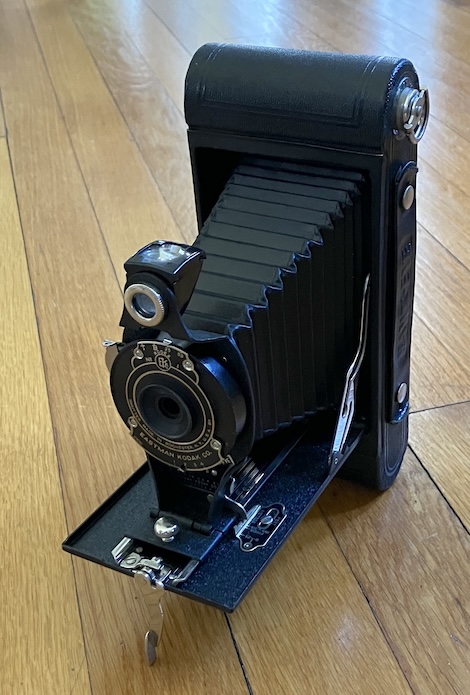
Moose: "Re 'What's the oldest lens you currently have in use?' Canon 50mm ƒ/1.2 in Leica thread mount, 1960 release. 'All lenses give you their gifts.' So true. This one does wondrous things wide open for certain subjects. (Not this dark on the big screen.)

"Here, with subject at some distance from lens and background not too much further, nice OoF transitions and bokeh. Get too close and the transitions get busy/edgy. Close with distant background gives classic Double Gauss edges and bubbles.
"Now, it's getting a run for it's money from the 56-year-younger design Oly 25mm ƒ/1.2 PRO on Micro 4/3. Not quite as dreamy wide open, but delicious transitions and bokeh in all circumstances. Also, wonderful focus stacks—and—EXIF!"
Staffan Carlshamre: "I think that you got the source of the philosophical quote wrong. Surely it is by Arthur Shopping-hour?"
G Dan Mitchell: "Not as 'OT' as you might suggest! The parallels between doing photography and cooking are quite striking, actually. (Yes, I do both.) The same criticism shared about cookbooks (too many instructions, too fussy, too much focus on all the components) translates almost directly to photography. You have to do it a lot, and after you do a lot of the rules and fussy procedures drop away and you start to get a sense of how to make things work. It isn’t 'the rule of thirds'—it is a feeling for how compositional choices affect the result. It isn’t 'use the optimal diffraction-limited aperture'—it is understanding intuitively the effects of aperture choice. It isn’t using the spoon, uh, I mean lens with the very highest specs—it is having a sense of how to use lenses."

